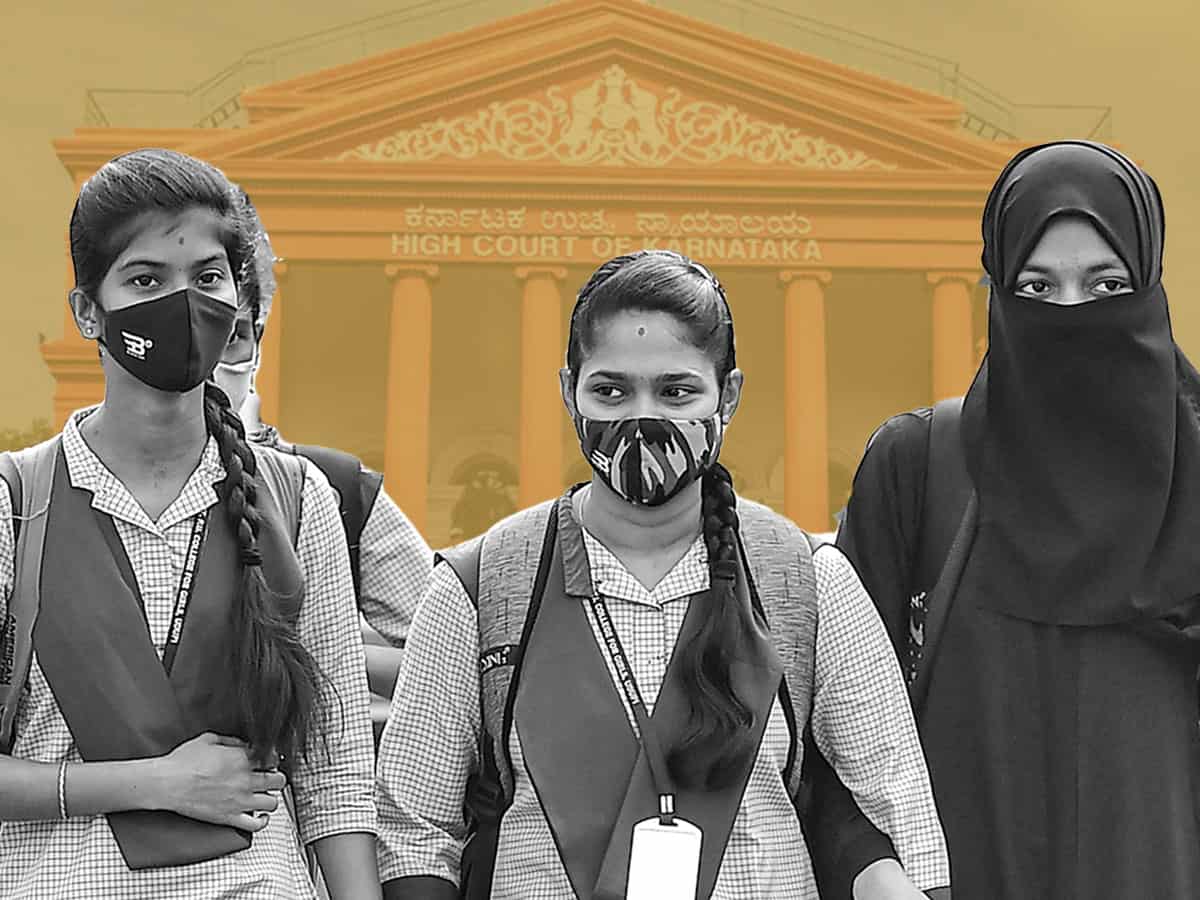

It is an obligatory duty of every society to secure women’s rights, making their freedom certain, granting equality and protection by all means. Islam and the Qur’an have paid special attention to this aspect, stating all kinds of rights given to women. Besides Islam, other religions too have emphasised on women’s rights, focusing on their freedom and protection of their modesty and chastity. Yet, there exist, several societies where women are not given respect and protection; women are exploited, denied equality and freedom.
However, besides Islam, some societies, including Indian culture, lent weight to the rights of women. In India, women’s freedom, protection, equality, and fundamental rights have always been considered essential. The Indian Constitution too commits itself to guarantee women’s rights, asserting that they shall get complete freedom; they shall be treated equally; their protection shall be made certain. This is the reason that separate women’s schools and colleges are established; there are separate hostels for boys and girls; screens are established for women on check post; seats are reserved for women in trains, buses and metro trains. There are many such special provisions for women.
Purdah (covering completely one’s body, including the face) is basically found among Indian women, whether it is in the form of ghoongat or a stole (corner of mantle/stole drawn over the face). Both practices are part of the Indian culture, and women adopt this custom as per their will. Also, our Constitution provides complete freedom in this matter. India’s centuries-old civilisation endorses complete freedom for women. Muslim women wear hijab (head covering). Hijab is also a kind of purdah (covering), but there is a basic difference between the purdah of Muslim women and that of other women as it is shari’ah that commands Muslim women to embrace purdah. The Qur’an states in clear words that women should necessarily adopt purdah. Along with the purdah that exists in the culture of different communities and regions, purdah for Muslim women comes under the command of the Shari’ah and is regarded as one of the marks of Islam, and following this rule is held obligatory. However, a Muslim woman not wearing hijab can’t be treated as a precedent holding the view that hijab is not an essential part of Islam.
In any religion, when it is said that something is obligatory and necessary, it means that that thing is obligatory, binding and necessary.
No one can question somebody about his or her act of commission and omission. This is an Islamic belief, and Muslims all over the world act according to this belief. It is obligatory for a Muslim to offer prayers five times a day, but if a Muslim does not offer the obligatory prayer, he/she will be questioned about this act of omission on the Day of Judgement. But it is equally right to say that the act of those Muslims who don’t pray can’t be treated as a precedent to pronounce that since Muslims don’t pray, so the five-time prayers can’t be considered obligatory and necessary.
In other words, to understand what is binding and necessary in one religion, it is important for a person to know if a similar concept of ‘binding’ and ‘obligatory’ exists in his own society. In Indian society (other than Muslims), the concept of binding and obligatory is not found. In Hindu society, one who believes in Bhagwan is a Hindu, while one who isn’t a believer is also recognised as a Hindu. One who believes Rama to be an avatar (incarnation of Vishnu) is a Hindu, while one who believes in someone other than Rama is also regarded as a Hindu. If a Hindu woman practices the custom of ghoongat, she is a Hindu, while one who does not follow this custom is accountable to none. A lady who chooses to use ghoongat is considered to be an example of good etiquette and decency in our society. In this attitude, there is no concept of this custom being the command of Bhagwan, and she will be rewarded if she follows this custom, but she will not be accountable for her act of not doing so. On the other hand, Muslim women use purdah, considering it as an act of virtue (savab) and an integral part of Islam; it is imprinted on their minds that purdah is an essential command; its provision entails reward. Muslim women not using purdah also feel that their act of negligence in this matter flouts Islamic teachings and the religious commands. Such Muslim women don’t refuse the use of purdah and the reason is that purdah is an essential and basic part of Islam. Therefore every Muslim girl and woman is entitled to wear hijab at every place. If a Muslim girl wishes to wear a hijab or prefers to be cladded in a burqa (gowned veil), she should not be stalled for doing so.
The Indian Constitution guarantees complete religious freedom. Article 15 of the Constitution clearly states that all people are entitled to complete freedom with regard to act according to their religion. Purdah is a religious matter of Islam; purdah is not a matter of any other culture and Sanskriti. Therefore, every Muslim woman should be allowed to live in purdah, to use hijab and wear burqa.
Banning the hijab anywhere amounts to stall religious freedom, which is against the spirit of the Constitution and opposed to women’s freedom. A woman should decide for herself which dress should she wear and which dress she should discard. Women’s liberation movements assert that women should be allowed to wear the dress of their choice; no dress code could be imposed on them. Today, women’s freedom is being talked about, asserting that women can wear the dress of their choice, and therefore, it should be left to women to wear what they wish. Sadly, in our country, only wearing western dresses is considered a women’s right and the right to choose to wear a hijab or burqa is considered oppressive. It is the wish of women to wear what they like, but here, only wearing Western dresses are considered as women’s freedom. It in the name of freedom, is a conspiracy to impose a particular culture. It may not happen that courts prohibit the red bridal dress for brides on the occasion of their wedding on the ground that there is no basis for brides to wear red bridal dress compulsorily and marriage can only be solemnised in case the bride chooses to wear the bridal dress of any other hue than the red one.
The Karnataka High Court judgement is absolutely baseless and wrong. Moreover, it is against the Constitution to forbid religious freedom, divest women of their freedom of choice of what they like to wear. It also amounts to interfering in someone’s religion. Courts are under the obligation to pronounce judgement and give justice to the oppressed. It is none of their business to interpret one’s religious beliefs and declare what is essential in one’s religion and what is not.
Karnataka High Court’s interpretation with regard to the hijab is absolutely wrong; the judgement has hurt Muslims all over the world. The interpretation leading to misplaced judgement is also damaging the image of the Karnataka High Court; questions are now being raised regarding the vulnerability of the courts. Kerala High Court’s judgement of 2016 was favourable to the use of hijab. Karnataka High Court should revise its own verdict suo moto and pronounce the right judgement.
The hijab doesn’t hurt the sentiment of the followers of other religions; progress and development of the country are not getting retarded on this account; hijab also conforms to the Indian culture, and it is also the compulsory command of Islam and an act to win reward in the life Hereafter. Despite all this, how can a judgement that is stalling Muslim girls to wear hijab and impose a ban on purdah be regarded as right?
Dr. Mohammad Manzoor Alam is General Secretary of All India Milli Council.

